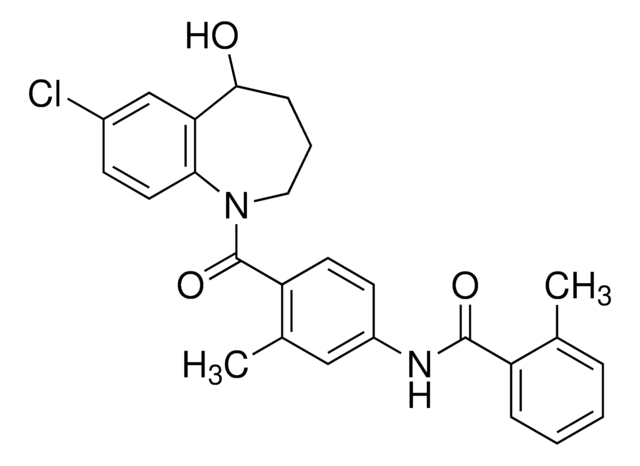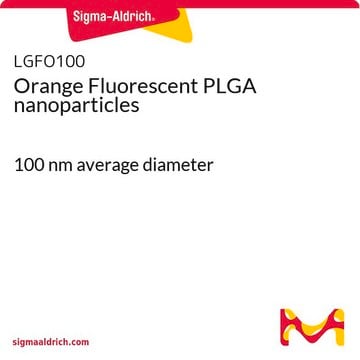AB3066
Anti-Aquaporin 2 Antibody
Chemicon®, from rabbit
Synonym(e):
AQP2, AQP-CD, MCH-CD
About This Item
Empfohlene Produkte
Biologische Quelle
rabbit
Qualitätsniveau
Antikörperform
affinity purified immunoglobulin
Antikörper-Produkttyp
primary antibodies
Klon
polyclonal
Aufgereinigt durch
affinity chromatography
Speziesreaktivität
rat
Hersteller/Markenname
Chemicon®
Methode(n)
ELISA: suitable
immunohistochemistry: suitable
western blot: suitable
NCBI-Hinterlegungsnummer
UniProt-Hinterlegungsnummer
Versandbedingung
dry ice
Posttranslationale Modifikation Target
unmodified
Angaben zum Gen
human ... AQP2(359)
Spezifität
SPECIES REACTIVITY: The antibody has not yet been tested for cross-reactivity to other species. The 15 aa C-terminal peptide has 100% homology with mouse and 93% homology with human AQP2.
Immunogen
Anwendung
Neurowissenschaft
Ionenkanäle & -transporter
Immunohistochemistry: 2-10 μg/mL in paraformaldehyde fixed sections of tissues. AQP2 has been localized in apical membranes (Fushimi et al. 1993; Nielsen et al. 1993; Deen et al. 1995).
ELISA: 0.5-1.0 μg/mL using 1 μg/mL control peptide/well.
Optimal working dilutions must be determined by end user.
Physikalische Form
Lagerung und Haltbarkeit
Sonstige Hinweise
Rechtliche Hinweise
Haftungsausschluss
Not finding the right product?
Try our Produkt-Auswahlhilfe.
Lagerklassenschlüssel
12 - Non Combustible Liquids
WGK
WGK 2
Flammpunkt (°F)
Not applicable
Flammpunkt (°C)
Not applicable
Analysenzertifikate (COA)
Suchen Sie nach Analysenzertifikate (COA), indem Sie die Lot-/Chargennummer des Produkts eingeben. Lot- und Chargennummern sind auf dem Produktetikett hinter den Wörtern ‘Lot’ oder ‘Batch’ (Lot oder Charge) zu finden.
Besitzen Sie dieses Produkt bereits?
In der Dokumentenbibliothek finden Sie die Dokumentation zu den Produkten, die Sie kürzlich erworben haben.
Unser Team von Wissenschaftlern verfügt über Erfahrung in allen Forschungsbereichen einschließlich Life Science, Materialwissenschaften, chemischer Synthese, Chromatographie, Analytik und vielen mehr..
Setzen Sie sich mit dem technischen Dienst in Verbindung.







